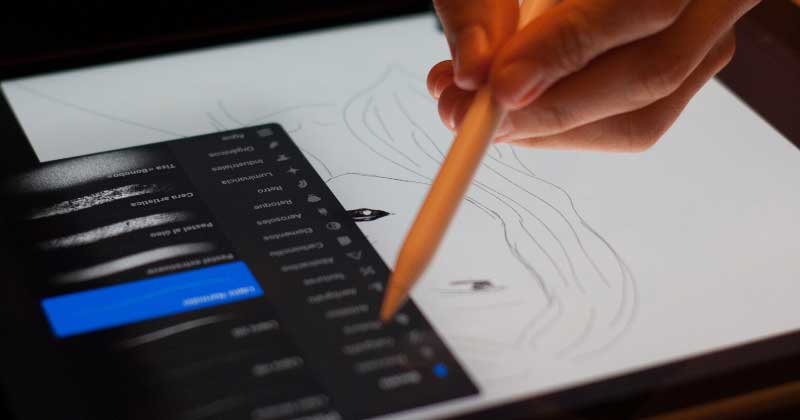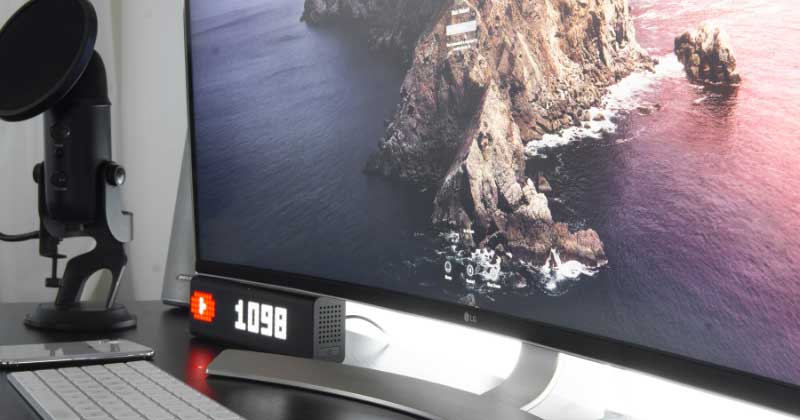
A Brief History on Visual Advertising: The Origins of Graphic Design
Graphic design is everywhere. If you’re into digital marketing and have spent some time on the internet reading up about advertising trends, you’ll have come across various think pieces about the importance of graphic design.
Well, we’re tackling the topic in today’s article. What is graphic design, and what is its purpose? Is it all just fluff, or is there some truth to it?
Here’s the basic rundown on the topic.
WHERE IT ALL BEGAN
Graphic design as we know it today began in the 1800s, during the rise of the Art Nouveau style of advertising. But before we elaborate, let’s backtrack a bit for a history lesson.
While typography and logo design have been around since the time of the Sumerians and ancient Chinese and Egyptians, it was only after the development of movable type by Johann Gutenberg in the 1400s that visual advertising found its foothold as a school of discipline within the arts. In 1530, Claude Garamond (yes, that Garamond) founded the first type foundry in known history.
Cue the 1800s. Lettering practices based their foundations on mathematical drafting principles before branching out into ornamental typography. The first sans-serif font was introduced during this century, as well as the comprehensive guide to modern-at-the-time ornamental motifs, Owen Jones’ Grammar of Ornament (public domain, first published in 1856).
It was also in the 1800s that revered Art Nouveau artists Alphonse Mucha, Gustav Klimt, and Aubrey Beardsley first came into prominence, driving forward the marriage of high art with advertising. Have you ever wondered why modern advertising campaigns place great importance in visual language? You have the 1800s to thank for pioneering the illustrated advertisement.
THE RISE OF TYPE AND GRAPHIC MANIPULATION TECHNOLOGY
It wasn’t until 1922 that the phrase “graphic design” was coined by William Addison Dwiggins, an American book designer. The term was subsequently used in 1927 in a magazine titled with the same phrase. The phrase caught on; it became, in essence, the term that encapsulates “the process of visual communication and problem-solving through the use of typography, photography, and illustration”, as per Wikipedia.
Through the use of printing press machines and, eventually, photocopying machines as pioneered by companies like Xerox, image manipulation entered the realm of graphic design. The rapid development of photo processing meant that photographs can now be edited and manipulated for advertising purposes, adding a new dimension to graphic design.
By the 1950s, graphic design had become a formalized occupation in advertising agencies and the like, though graphic designers at the time often also functioned as art directors. However, the process of creating graphics was still fairly analog – until December 1982, which would see the birth of Adobe Systems Incorporated.
To be true, Adobe Illustrator and Adobe Photoshop won’t be released to the general public until 1985 and 1989, respectively. While Illustrator is the older program, Photoshop’s full-feature system and easy-access interface led to its dominating the then-untapped market for image manipulation software.
The rest, as they say, is history.
GRAPHIC DESIGN TODAY
Today, graphic design is one of the most lucrative careers that many young professionals choose to practice. With the rise of mobile devices and rapidly expanding interconnectivity due to growing internet usage, graphic design is becoming a requirement in more than just advertising.
Graphic design provides solutions for visual communication, be it digital marketing, branding, or information dissemination – and the definition of good design is constantly evolving, with its associated technologies changing along with it. If you’ve checked a website or app, or passed by a poster for a new coffee shop, you’ve more than likely interacted with graphic design.
And this is where graphic design is starting its new age. Where graphic design was mostly relegated to passive interaction – that is, the viewer is presented with the graphic to consume – graphic design today is developing a need for clickable elements or embedded media that the viewer can directly interact with.
That is to say, it’s an exciting time for graphic design. The landscape is changing again, and given the speed with which technologies are expanding, we’re going to see the changes sooner rather than later.
What a time to be alive!




